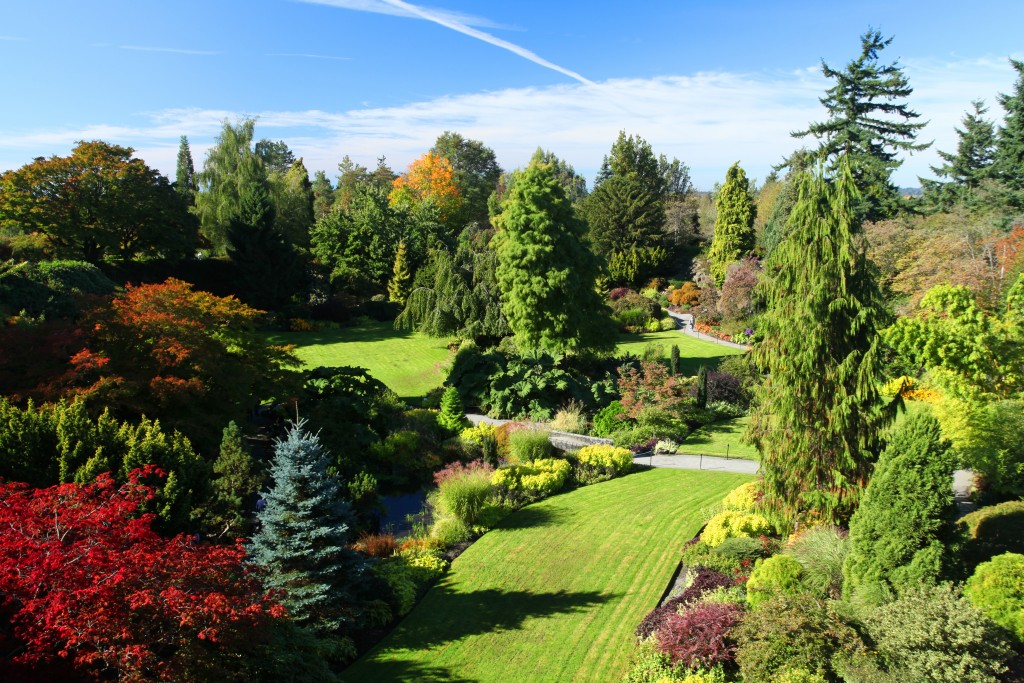Urban parks play a big part in our society: They provide places for us to gain access to nature, we have enough space to do some physical activities, and they are one of the marks of an advanced nation. Parks play a crucial part in delivering music, art, festivals, performing arts, and other cultural events to the masses. And thanks to the pandemic, local governments and urban planners now see the need to prioritize urban parks and public spaces where people can be free to roam.
Throughout history, pandemics and diseases have driven architectural and urban planning trends. These next few years will be no exception. Here are some COVID-19-driven trends we can expect for our public spaces, parks, and gardens.
Food parks
Perhaps one of the biggest experiences that COVID-19 has stolen from us is the ability to dine in at our favorite restaurants, surrounded by our friends and loved ones. The pandemic has been tough on the food truck industry, with the industry noticeably missing from relief aid. Many food truck owners have had to pivot and park in front of hospitals and other essential service buildings to keep their business alive.
Perhaps the answer lies in creating public spaces specifically for food and coffee trucks—a trend that first started in Southeast Asian nations—with America’s most progressive cities like Austin and Portland following suit. These parks often have live music and dine-in tables and chairs, but all in an outdoor setting. It’s a creative way to help consumers get their dine-in fix without compelling them to do so in enclosed spaces.
Multi-purpose grounds
Concerts, large-scale fitness activities, flash mobs, you name it—and multi-purpose grounds can house it. Places like Washington Square Park and Central Park in New York are already known for their multi-purpose spaces where various concerts and private activities have already taken place, and more states and cities will follow suit. The best thing about creating multi-purpose grounds is that even at the height of pandemics, they can be a haven for people who want to take a break from their homes while still keeping a safe physical distance from others.
New York public parks have been open for the most part, and the government has done a great job reminding people to keep practice public health standards of wearing their masks, keeping a safe distance from others, and washing their hands.
Farmers’ markets

Outdoor farmers’ markets provide a great service to consumers because they help cut the middlemen and reflect the local town’s economy and culture. They are beneficial to both farmers and consumers because they help farmers cut costs on selling, and consumers are provided with healthier food options. As the world contends with the extreme effects of climate change and a devastating pandemic, more consumers are finding themselves drawn towards conscious consumerism, which enhances the demand for more farmers’ markets.
Before the pandemic, multiple cities have already seen the need to empower the agricultural industry. In 2018, Salt Lake City’s park and recreation department incorporated some fun and experiential health education activities into their local farmers’ markets. As ethical consumption grows as advocacy, we can expect to see more urban parks opening their doors to farmers’ markets.
Jogging and cycling paths
Parks are already natural jogging and cycling spots. Still, this trend will continue to grow even further with people growing more conscious about their health and the need to keep themselves moving, even during lockdowns. Simultaneously, since more people will see the value in choosing cycling over driving to help the environment, jogging and cycling paths in public parks and spaces will be more of a priority in the coming years.
Zen gardens
Since the COVID-19 crisis has created a secondary pandemic in terms of mental health, more people would be drawn towards spaces that provide a sense of serenity and peace, whether in their homes or public spaces. Just like the demand will mark interior design for cozy spots in homes, public parks will also provide well-landscaped gardens where people can take a minute to breathe in some fresh air and enjoy some quiet. With picturesque small fountains, rock retaining walls, and lush greenery, urban-dwellers will certainly be on the lookout for an oasis in the middle of a bustling city.
If there’s one thing we can thank COVID-19 for, it’s the realization that we cities need to invest in public parks and open spaces as they provide a safe way for people to entertain themselves during a pandemic. If states continue to prioritize these parks, we might have a chance of staying physically and mentally fit.




